Names
- Indian Pariah
- Indian Pariah dog
- Desi Dog
- Pye-Dog
- InDog
Conservation Status
Vulnerable
Origin
India
Physical Traits
- Weight: Male 20 - 30 kg; Female 25 - 30 kg
- Height: Male 46 - 52 cm; Female 40 - 45 cm
- Coat: Short and dense
- Colour: Red with white markings
- Litter Size: 7 - 10
- Life Span: 12 - 15 years
Indian Pariah at a glance
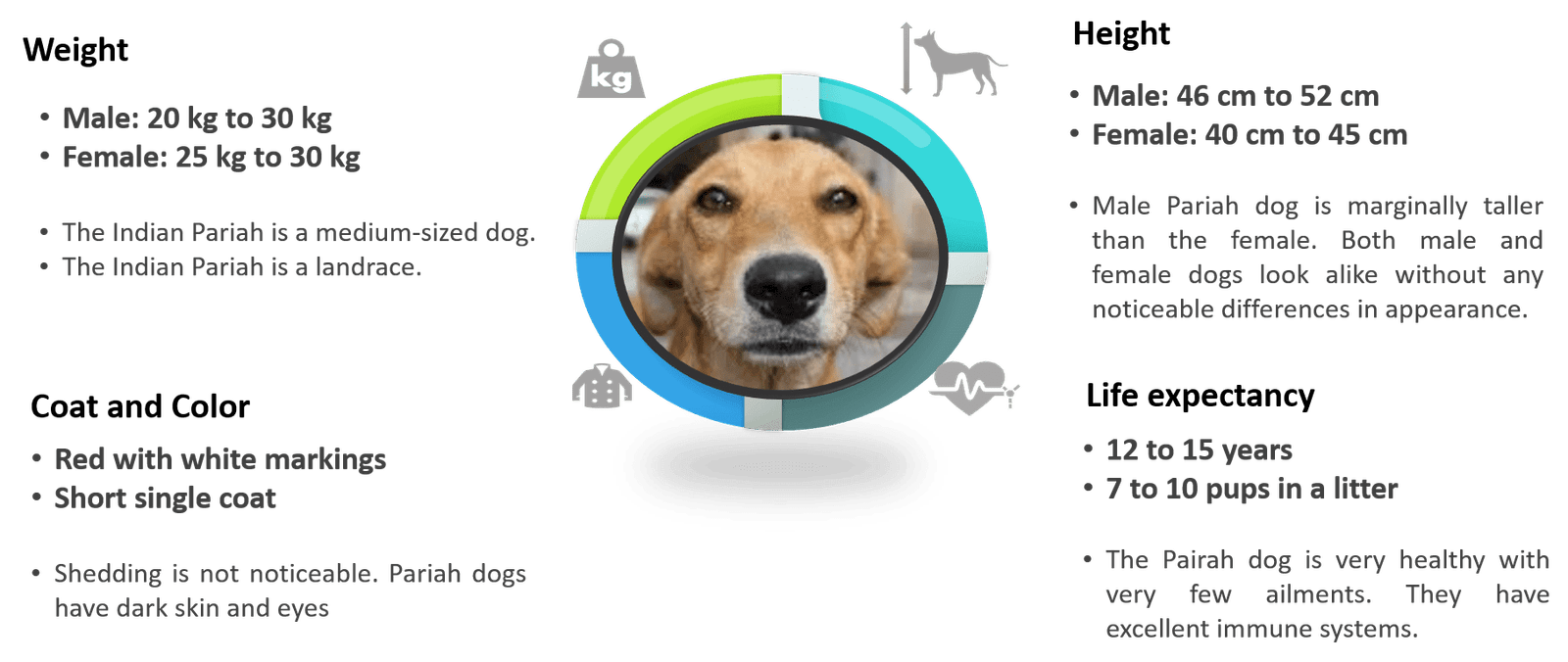
The Indian Pariah dog or the Desi Dog is a medium-sized dog found all across the Indian subcontinent. Many experts agree that the this dog is one of the oldest breeds of dogs in existence. The Indian Pariah naturally adapted a life close to human settlement.
The natural adaption gave this dog exceptional human-compatible traits. For this dog to survive alongside humans, these dogs developed characters such as intelligence, soft temperament, and an ability to hunt.
The Indian Pariah dog belongs to a larger group of ancient landrace dogs known as the pariah dogs. This dog is a free-ranging dog that lives alongside human civilization. The word Pariah means an outcast. People often incorrectly refer to these dogs as a street or stray dogs. This dog is a distinct breed of dogs, whereas the street dog is a mongrel and a cross between many other dog breeds. This dog is found only in remote villages.
Indian Pariah Dog

The Indian Pariah or the InDog is one of the oldest dog breeds in existence today. Archeological findings indicate that this dog was in existence some 4500 years ago.
Unlike modern dogs, the Indian Pariah is a landrace, these dogs, developed over time through adaptation. Experts believed this dog initially survived on the periphery of human settlements, feeding on food scraps. Gradually humans found them to be useful and accommodated them.
In 1903, Lieut. General W. Osborn wrote an article about his experience with the Indian Pariah dog, hunting with the native dogs. He describes this dog as a faithful companion, a good watchdog, and an excellent assistant in the field. He goes on to vividly describe his hunting experiences with these dogs.
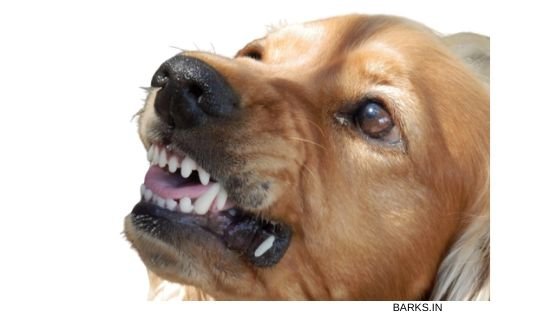
Several notable writers of the 18th and 19th centuries have written about the Indian Pariah dog. All of them attribute excellent traits such as loyalty, intelligence, tenacity, and gameness to this dog.
The name Indian Pariah has its roots in the Tamil word paraiyar, a demeaning name for people belonging to a low-caste in the ancient caste system. The Indian Pariah is a dog that everyone loved, but no one wanted.

Like all other Indian dog breeds, this dog too is misunderstood, and not documented. We believe scientific research on this dog will shed light on the origins of the domestic dog. Hence, the Indian Pariah dog is one of the most critical dog breeds in the world. The purpose of this article is to present the following
- The origins of this dog
- The history of this dog
- The physical traits with regional variances
- Its temperament and the care required
- Its current status
History of the Indian Pariah

To understand the history of a landrace such as the Indian Pariah dog, we must first understand the origins of the domestic dog. Research done in Sweden estimates the domestication of dogs between 27,000 to 40,000 years ago. Making the dog one of the oldest companions of humans.
Many researchers believe domestication began with a few wolves hanging around early human settlements for food scraps. Humans soon found these wolves to be useful and adopted them for hunting. Scientific studies conducted on Grey Wolfs DNA indicates a 99.96% match with the dogs.

Scientists from the National Academy of Sciences in the United States analyzed DNAs from about 5000 dogs across 38 countries. Their findings indicate Central Asia, including Mongolia, and Nepal as the place of origin for the domestic dog.
Historical travel records place these dogs in Rome, Persia, and Egypt. In the book Indica, the Greek physician Ctesias describes these dogs in the size of a lion. The king of Persia Artaxerxes 1 imported dogs to Persia for hunting.

Archaeological excavations in the Mohenjo-Daro site found the Sindh region of Pakistan revealed a Indian Pariah dog skull dating to 2500 BCE. Rock paintings found all across India show this dog to be one of the oldest dog breeds in the world.
Alexander the Great was a great admirer of the tenacity of these dogs. A story about Alexander the Great watched two dogs fighting a lion despite being injured held on to the lion. This tenacity left a lasting impression on him. He then took 150 of these dogs with him.
The Indian Pariah dog, an ancestor to other Indian breeds

Indian Pariah is one of the oldest dog breeds in the world. These dogs were the likely ancestors of other dogs breeds in India. There are close resemblances between this dog and other Indian dog breeds, such as the Rajapalayam dog, Kombai, the Kanni dog, and the Chippiparai dog.
For instance, most Indian dog breeds have a short and dense coat, have pendant shaped ears, not very tall, and have a slender build. Also, the fact that Indian Pariah is the oldest dog breed in India makes them the most likely ancestor to other dog breeds found in this part of the world.
Lack of comprehensive DNA studies on this dog means one can only theorize the origins of dogs based on historical records and not based on scientific facts.
The Indian Pariah dog in popular culture

The National Geographic Channel special documentary, Search for the First Dog (2003), was a film about a quest to find the origins of the first dog. The film featured this dog, along with other ancient dogs such as Israel’s Canaan Dog and the Australian Dingo.
The purpose of the Indian Pariah dog
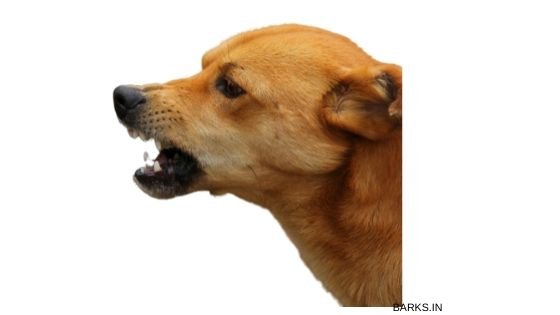
Unlike modern dogs, which are a result of selective breeding, this dog is a landrace. In other words, this dog adapted to its living conditions next to humans naturally and was not as a result of selectively breeding. The early Indian Pariah was a scavenger of food scraps near human settlements. All historical records about this dog point to this fact. People found these dogs to be useful and accepted them into the society.
Indian Pariah was alert, loyal, courageous, and trainable. These traits made this dog an invaluable asset for hunting. The Indian Pariah dog today has retained these traits and are excellent hunters. The original Indian Pariah dog exists only in remote villages where they are both scavengers and hunters. They are a dog that is loved by all and ignored by all.
The plight of the Indian Pariah dog today

The Indian Pariah is the dog that everyone loves, but no one wants. Indian Pariah dog ranks #7 in the list of top dog breeds in India. The status of this dog in human society has remained the same for generations. Everyone accepts the this dog, feed them food scraps, take care of them when they are sick but, no one wants them. J. l Kipling in his book the Beast and Man in India (1891) eloquently captures the plight of this dog, he writes,
A scrap of food, a word of notice, or even a glance from one accustomed to command dog wakes a chord in the creature’s nature, and he longs to acknowledge a master.
The original Indian Pariah is found only in remote and inaccessible villages. The stray dog in the city has lost its genetic purity and is a cross between this dog and other dog breeds. The ancient landrace, the dog of dogs, is facing an uncertain future. Scientific studies on this dog will yield a treasure trove of information and provide answers to the origins of domesticated dogs. Hence this dog must be protected and preserved.
The biggest threat that this dog faces today is losing its genetic purity due to cross-breeding. The stray dog is no longer what it used to be. The dogs found on our streets are mongrel and is no longer the original Indian Pariah.
Physical traits of the Indian Pariah dog

The Indian Pariah dog is red, short, and muscular in build. Indian Pariah’s ears are erect with a curved tail. They have dark eyes with dark skin. These dogs also have white markings in their chest and lower legs. They are well balanced, agile, loyal, and alert dogs.
The first impression of a this dog is that of an alert, well-balanced, loyal, and pleasing character. They have a well-proportioned square body. These dogs are territorial and live in packs with well laid out hierarchies. They are eager to please their master. Indian Pariah has a round head with powerful jaws capable of breaking the bones upon which they scavenge.
Indian Pariah’s upper-coat is short and dense with a soft and sparse with skin visible through their coat. The coat on their tail is longer than the rest of the body.
Regional variances in Indian Pariah dog size
The dogs in the south are taller than their northern counterparts. Their height varies between 45 cm to 55 cm. The dogs from the south also tend to have a darker color. The dogs from the north are yellow and fawn, whereas the dogs from the south are red.
Temperament of Indian Pariah dog
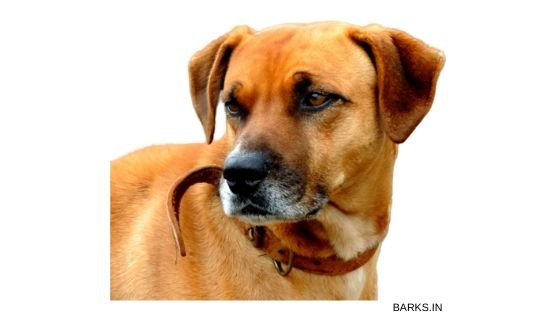
The Indian Pariah dog is cheerful, eager to please, timid, and alert. Indian Pariah adapted to humans by living in the periphery of human civilization. These traits helped them in their daily survival. Indian Pariah is also very intelligent. Their ability to learn quickly helped them earn trust from their human masters.
The Indian Pariah is very social and enjoys being around people. When socialized, the Indian Pariah is friendly with other pets, friends, and guests. Like most dogs, this dog is territorial and will defend its territory fiercely. These dogs are known to bark at the faintest noise. They are alert and are not known to be quite. Familiarizing them with their surroundings helps reduce unnecessary barking.
During the breeding season, the male becomes aggressive, noisy, and territorial. Getting the dog to run and play keeps them distracted and helps them expel aggression through play. The Indian Pariah is also a curious dog rarely in one place. They are always active, nosing around, and eager to play. They enjoy playing tug, fetch, and love to chase.
The Indian Pariah’s pack

Indian Pariah’s on the street live in packs. Factors such as availability of food, space, and living conditions determine the number of dogs. The size varies between 5 to 20 dogs. Packs have a well-established hierarchy. An alpha male and female lead the pack with the beta being the next in line lieutenant.
The alpha male and female eat first, take the best sleeping spots, and are first to defend their territory. Their territory is typically a street on which they live. Fights within the pack are either for play or for establishing leadership hierarchy. The pack defends its territory aggressively from intruders.
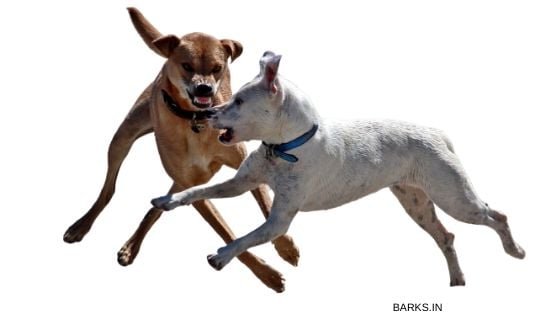
Indian Pariah packs serve a critical role in human society as community guardians. They bark when they see strangers during the night. People feed them and shelter them during rains, and in return, these dogs keep thieves and robbers out.
Rabies in Indian Pariah is a common problem throughout the world. Dog bites are common and a real threat to society. Organizations such as the blue cross and PETA conduct anti-rabies vaccine camps and neuter dogs to manage human-dog conflicts.
Care of the Indian Pariah
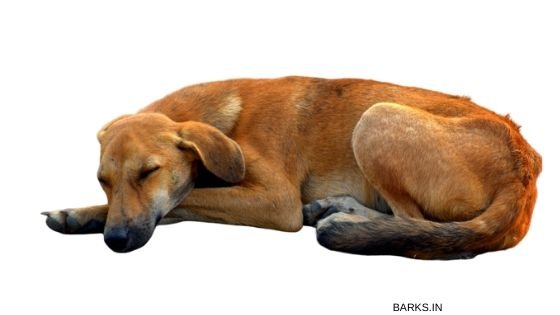
The Indian Pariah dog is one of the healthiest dog breeds in the world. The Indian Pariah dog has excellent immunity and lives a long and healthy life. People typically adopt these dogs off the street. We recommend the following to anyone who chooses a this dog.
- Vaccination: The first and most crucial step in the dog’s care is anti-rabies vaccination. Even pups can carry rabies viruses. Hence, the first order of business is vaccination. We don’t recommend taking the dog home before it is vaccinated. Indian Pariah pups are playful, and their sharp teeth can easily break human skin. Play bites are a common cause of transmission of this deadly virus.
- Nutrition: These dogs are malnourished, pups are born weak. Hence, they need proper nourishment. We recommend feeding pups portions of high-calorie meals. Start slow to manage any food allergies. These dogs love to chew, during teething to protect shoes and furniture, we recommend feeding them a large bone. Adult dogs require balanced nutrition for them to be healthy.
- Cleaning, grooming, and nails: When you get a dog or a pup, ensure that you clean them. A nice warm bath followed by grooming and nail trimming will be required.
Grooming
The Indian Pariah dog’s coat is short and dense. They don’t require much grooming. These dogs don’t like water, flee, is the first reaction to water. Bathing the dog once a month should keep them clean and smelling fresh. Frequent bathing causes the dog to lose the natural oils that their skin secretes. Applying coconut oil nourishes the dog’s skin and keeps it healthy. Adding a teaspoon of coconut oil to their diet also has health benefits for the dog.
Exercise requirements of the Indian Pariah dog

The Indian Pariah dog is intelligent and active. They need regular exercise for them to be happy and healthy. Being a scavenger/hunter, they have an excellent sense of smell and sight. Hence, they require constant stimulation to keep them from getting bored. The best exercise for this dog is long walks.
The Indian Pariah dog is a pack animal and enjoys the company of other pets. They form life long relationships with other pets and family. They enjoy playing fetch, tug of war, and other doggy games. Play helps them to spend their energy positively and improves their bond with their human family.
Trainability of the Indian Pariah

This dog, in our opinion, is the best dog for the family. For thousands of years, this dog had to learn human ways of living for its survival. This dog is eager to please, intelligent, and understands humans like no other dog in the world. People often say, a these dogs needs no training, they learn.
My two dogs stood guarding my grandmother’s purse at the bus stop when she boarded the bus. Stories of their courage and loyalty are remarkable. Everyone who has had a this dog has such stories. This dog is like no other in their ability to understand their master. They are a dog of dogs!
In conclusion, these dogs are intelligent and are easy to train. We recommend positive reinforcement training as this is highly rewarding for the dog and its owner.
Nutritional needs

This dog is primarily a scavenger and has a remarkable ability to eat and digest almost anything. However, like all dogs, they need proper nutrition to live a happy and healthy life. These are active dogs and require a well-balanced diet. Two meals per day for adults and three or four meals per day for pups ensure they get sufficient nourishment. These dogs can live on homemade food and do not need any commercial dog food.
Top known ailments
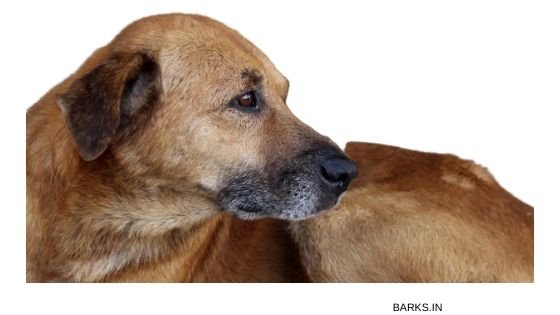
In my 40+ years of experience with dogs, I have never come across a dog that is as healthy as the Indian Pariah dog. These dogs thrive in different environments and have excellent disease resistance.
Recommended Reading: Natural remedies for dogs
The issue of Rabies
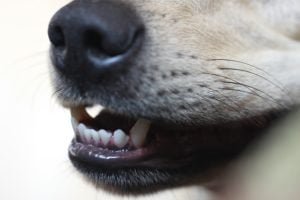
The highest risk with this dog is the threat of Rabies. One has to be extremely cautious when taking dogs off the street and into their homes. A playful bite that goes untreated can have devastating consequences.
We want our readers to take the utmost care whenever pups and children are involved. Pups are very active and use their mouth to feel the world around them. Hence, we recommend Rabies vaccination for pups.
Deworming the Indian Pariah
The Indian Pariah dog is nosey and will chew almost everything. Hence, they need periodic deworming. Neem leaf paste, when dried, makes an organic and natural deworming medicine.
Dealing with Parvo in Indian Pariah puppy
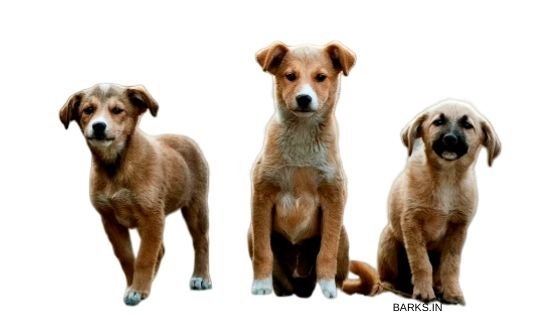
The puppies that are less than a year old are vulnerable to this deadly virus. More than 50% of the Pariah pups born in the streets fall victim to this virus.
The adaptability of the Pariah dog
This dog tolerates a wide range of temperatures. They can thrive in temperature between 16 C to 45 C. These dogs will need protection in cold weather, keep them indoors during cold winter nights.
This dog that lives on the street survives cold nights by sleeping under parked vehicles. These dogs are very efficient in finding food and shelter during extreme weather conditions.
Interesting facts about the Indian Pariah dog
- This dog is one of the oldest dog breeds in the world. Archaeological evidence dates them to 4500 years ago.
- This dog is a landrace, through natural adaption and not through selective breeding.
- They are a dog that everyone loves, but none one wants.
- The Pariah dog from South India is taller than its northern relatives.
- This dog is a hunter and scavenger, living as outcasts of human society
- This dog is cheerful and eager to please its master.
- They are excellent guard dogs, packs of can guard an entire village.
What is the price of the Indian Pariah dog?
The original Indian Pariah dog lives only in remote villages. The dogs in the city have lost their genetic purity. Hence, finding a dog is difficult. This dog is a stray and an outcast, and will not cost you a penny.
Recommended Reading: Dog prices in India
When to choose an Indian Pariah dog?
These dogs are alert, noisy, and intelligent. They are excellent guard dogs. If you are looking for an easy to maintain, free, and active dog, this is the dog for you. They make excellent pets, fond of kids, low maintenance, and a loyal family dog. These dogs can adapt to apartment living provided they get sufficient exercise.
Are the Indian Pariah dogs good pets?
This dog has a cheerful and eager to please personality. They are loyal, intelligent, have excellent immunity, and easy to maintain. In my opinion, they are excellent family pets.
How long does an Indian Pariah dog live?
The average life span of a this dog is between 12 to 15 years. Unlike modern dog breeds, These dogs remain throughout their life. This dog is a landrace and has excellent immunity against most canine diseases.
The issue of stray dogs in India
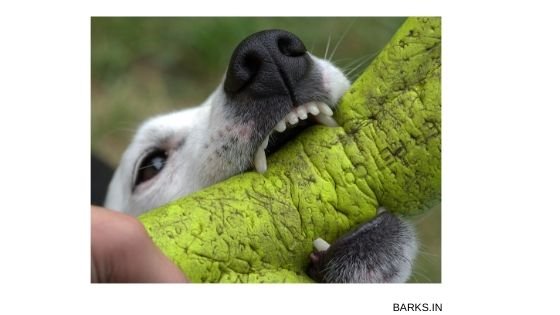
India has over 40 million stray dogs. This vast stray dog population poses risks to humans.
- Dog bite: Dog bites are common all across the country. Every day several children are bitten by stray dogs.
- Rabies: Rabies virus is deadly to humans. People who ignore dog bites are at serious risk of Rabies.
- Road accidents: Dogs on the street pose a threat to motorists. Stray dogs are a cause of several accidents, some fatal.
Proper management of stray dogs is the need of the hour. Organizations such as PETA should come forward to address this issue. Drives to neuter and administer anti-rabies vaccination must be organized to prevent human-dog conflicts.
Conclusion
The Indian Pariah dog is an ancient breed of dog that has survived along with side human civilization for thousands of years. Today, this dog faces its greatest challenge for survival. Cross-breeding and neglect are pushing this dog towards an uncertain future.
This dog is a diamond in the rough that holds the answer for the many of our questions. Scientific research and DNA studies can reveal secrets about the first domestic dogs. We believe studying this dog will also provide answers about early human civilizations.
The Indian Pariah dog should be protected, neutering the stray dogs, conducting scientific research, international recognization, and care can ensure the survival of this dog.

Thanks Kamal, appreciate the feedback
Well researched! Keep up the good work
Indian Pariah is versatile breed and is one of the best. India should recognize this dog as a breed and remove the stigma that portrays these dogs as strays. This issue come within us, Indians. The stereotypes who pride in owning a pedigreed dog either discriminate the Pariahs or look down on people who own them. This scenario has to change.
The Indian Pariah dog is a wonderful dog, highly intelligent, and easily trainable. I had 15 of them in my life. All were healthy and lived full life (12 – 14 years).
Wonderful article. Excellent walkthrough various topics and scenarios.